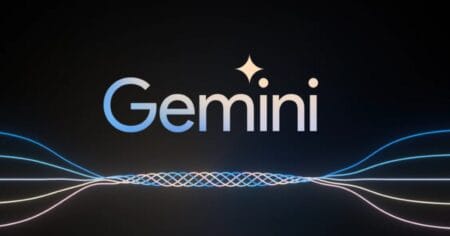Artificial intelligence is racing ahead at full speed – and South Africa is stuck in traffic with a flickering power grid and potholes the size of ambition itself.
Yes, AI is the future. But that future needs a lot of electricity. Think more energy than a small town uses in months – just to train one high-end model. And after training? AI systems need to keep running in real time, which means even more power.
This brings us to a tricky question: Can South Africa plug into the AI revolution without blowing a fuse?
AI: Brilliant, Demanding, and Always “On”
From healthcare breakthroughs to smarter farming and traffic flow that doesn’t make you weep, AI has the potential to solve real problems. But here’s the catch: it’s also a power-hungry beast. Every chatbot, computer vision model or machine-learning algorithm has an appetite for electricity that would make Eskom sweat.
And, well… Eskom’s already sweating.
South Africa’s electricity supply has been fragile for over a decade. Load-shedding has become so normal, we plan birthday parties around it. So what happens when we try to add energy-guzzling AI infrastructure into a system that’s already barely staying upright?
Spoiler alert: it doesn’t go well.
The AI-Energy Paradox: Genius Meets Gridlock
Here’s the irony: AI could actually help fix the grid. Smart forecasting, predictive maintenance, more efficient load balancing – these are all areas where AI excels. But to get there, you need a stable grid to run those AI systems in the first place.
This is the AI-energy paradox: we need electricity to power the tools that could save electricity.
It’s like needing to drive to the hardware store to buy a part to fix your car – but your car’s broken. The cycle goes nowhere.
Ambition on Paper, Outages in Practice
South Africa loves to dream big – AI-powered smart cities, fourth industrial revolution, tech hubs, and digital futures. But let’s be honest: you can’t build a data-driven utopia when the lights keep going out and your internet router has been rebooting for 30 minutes.
This is a country where the roads are cracking, water pipes are leaking, and public transport works on vibes and faith. Talking about AI without fixing the basics is like announcing a moon landing when you haven’t built the rocket.
Innovation needs foundations: electricity, fast internet, skilled people, and infrastructure that doesn’t collapse under mild pressure. Without those, even the best AI models are just fancy code collecting dust on someone’s hard drive.
Talent and Tactics Beat Buzzwords
Want to compete in AI? Then build like a champion. Think of it like rugby: you don’t win the World Cup by talking about strategy – you train hard, play smart, and pick a team that knows what it’s doing.
The same applies to innovation. You need skilled engineers, smart policies, reliable infrastructure, and leaders who know how to execute – not just tweet.
South Africa’s real problem isn’t ambition. It’s mismanagement. We’ve got brilliant minds and bold ideas, but without stable electricity, functioning roads, and competent leadership, those ideas don’t stand a chance.
Time to Choose: Results or Rhetoric?
South Africa needs to make a choice. We can keep talking about innovation while the grid collapses – or we can start fixing what’s broken. That means investing in infrastructure, empowering skilled professionals, and demanding more from those in charge.
Because the world isn’t waiting. Countries with stable power, focused leadership and real investment are already racing ahead.
If South Africa doesn’t get serious about the basics, it won’t lead in AI. It won’t even be on the field. It’ll be watching from the sidelines as the rest of the world writes the future—one algorithm at a time.






